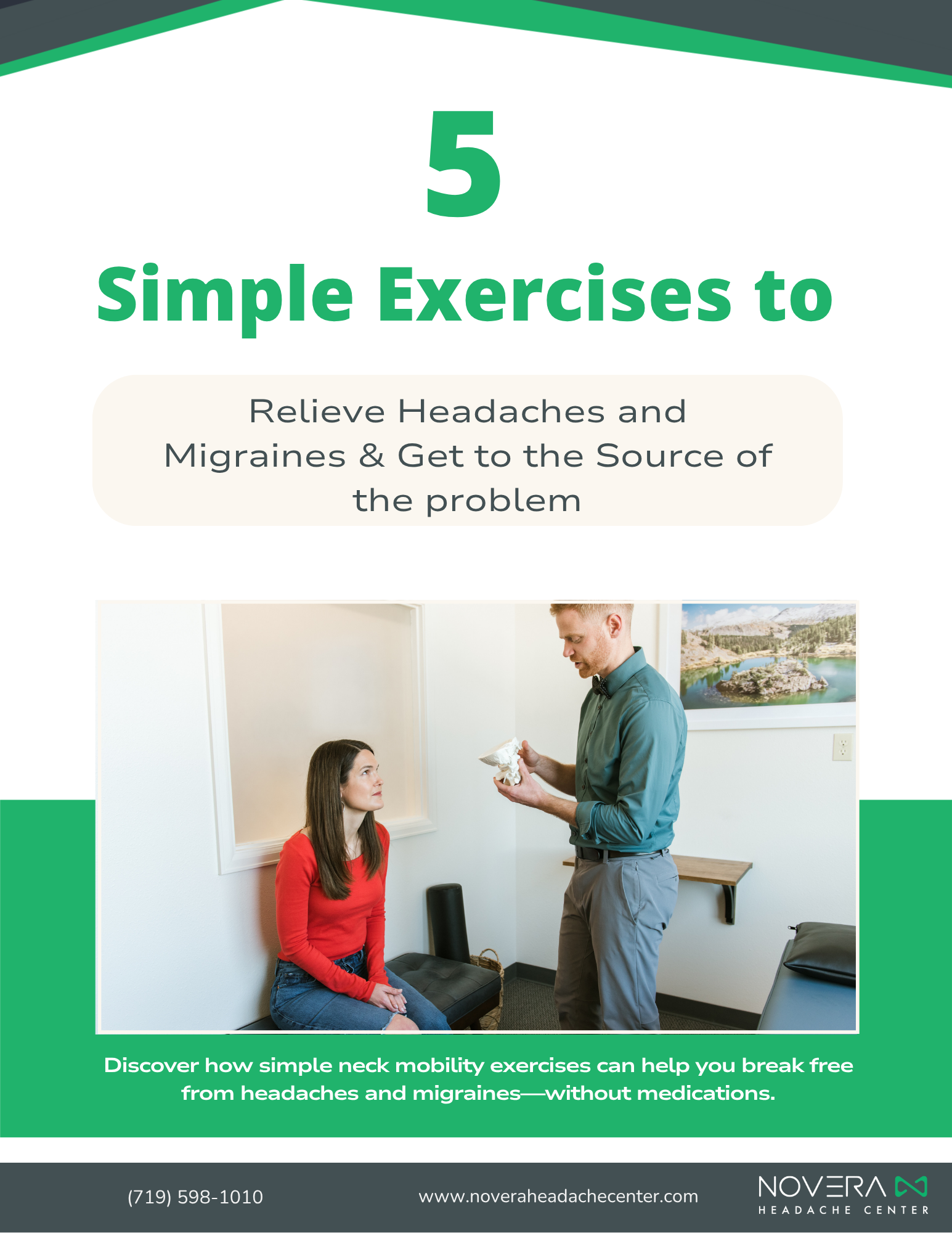If you’re living with chronic headaches or migraines, you’ve likely been told to rest, relax, or reduce stress. Maybe you’ve cycled through massages, ice packs, heat therapy, and stretches, hoping for lasting relief—only to find yourself stuck in the same cycle of tension and pain. At Novera: Headache Center, there’s a different perspective that might change everything: the resiliency principle.
What Is the Resiliency Principle?
The resiliency principle is based on a simple but often overlooked truth: your body thrives when it is conditioned to meet the demands placed on it. The fatigue, tension, and headaches you’re experiencing may not be because you’re doing too much—but rather because your body isn’t trained to handle what it’s being asked to do throughout the day.
You don’t need to be an athlete to experience physical demand. Everyday activities like sitting at a computer, driving, holding a child, or standing in line all require strength and endurance from your neck, shoulders, and back. If your body isn’t resilient—meaning it lacks strength, stability, or mobility—it will respond with tension and pain.
Why “Just Rest” Isn’t the Answer
Rest has its place. Quality sleep and relaxation help the body recover and heal. But when rest becomes your only strategy, you’re missing a critical part of the solution. Prolonged rest—especially the kind that removes all physical stress from the body—can actually reduce your resilience over time.
This is where the principle of “SAID” comes in: Specific Adaptation to Imposed Demand. Your body adapts to the stress you place on it. So if the demand is very low, your muscles, tendons, and joints will weaken and become more sensitive—even to everyday activities. On the flip side, if you gradually increase physical demand, your body will build strength, stability, and tolerance.
What Does This Have to Do with Headaches and Migraines?
Many people with chronic headaches carry significant tension in the neck and shoulders. While it’s tempting to treat that tension with passive modalities like massage or stretching, those approaches often only provide temporary relief. To truly change how your body responds, you need to build its capacity to handle daily stressors.
Mobility and movement become essential tools. When your neck and shoulders are more resilient, they can handle the strain of sitting at a desk or holding your head upright without triggering pain. Over time, this reduces the frequency and intensity of headaches and migraines.
How to Start Building Resilience
Building resilience doesn’t mean pushing yourself into pain. It means gradually conditioning your body with the right kind of movement. That could be as simple as daily walking or starting with light shoulder and neck exercises that you can tolerate without triggering a headache.
Working with a professional, like those at Novera: Headache Center, can help you identify what your body is capable of today and create a plan to increase your capacity safely. Over time, these small movements can lead to big improvements.
A New Path Forward
If you’ve been stuck in a cycle of pain and passive treatment, it might be time to shift your mindset. Instead of asking, “How do I get rid of this tension?” start asking, “How can I build my body’s resilience so it’s no longer triggered by daily life?”
By leaning into this principle—carefully, patiently, and with the right guidance—you can help your body do what it was designed to do: move, adapt, and thrive.
If you’re ready for personalized support, Novera offers in-person care and virtual coaching, along with tools like the SAM device to help restore upper neck mobility. Reach out to start your journey toward real, lasting relief.




